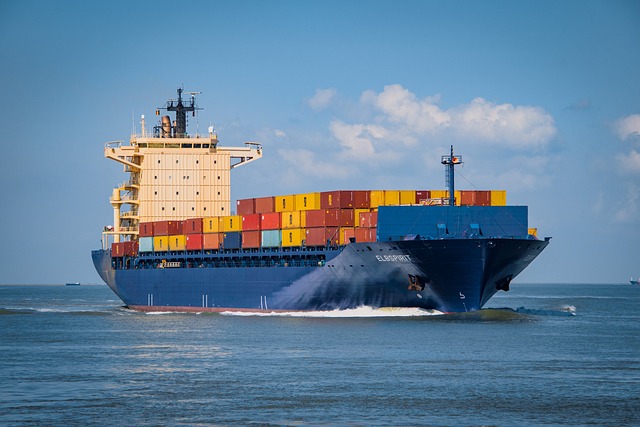When shipping a vehicle, choose between enclosed or open car transport based on your car's value and condition. Enclosed transport offers superior protection but is more expensive, while open transport is cheaper but leaves the vehicle exposed to weather and debris. Understanding these differences ensures you select the right insurance coverage for your needs. After delivery, examine the car's condition, document damages, and contact your insurer promptly for a claim assessment.
When shipping a vehicle, whether across country or just moving it to a new garage, understanding your insurance coverage is crucial. This guide explores the intricacies of insurance for two primary vehicle shipping methods: enclosed and open car transport. We’ll break down the types of coverage available, delve into the advantages and disadvantages of each approach, and provide essential steps for navigating claims after shipment, helping you make informed decisions in the world of enclosed vs. open car transport.
- Understanding Enclosed and Open Car Transport: Types of Coverage
- Advantages and Disadvantages of Each Shipping Method: Impact on Insurance
- Navigating Insurance Claims: Steps to Take After Vehicle Shipment
Understanding Enclosed and Open Car Transport: Types of Coverage

When it comes to shipping your vehicle, understanding the difference between enclosed and open car transport is crucial for choosing the right insurance coverage. Enclosed transport involves securing your vehicle inside a sealed container, providing maximum protection from external elements and potential damage during transit. This method is ideal for high-value or classic cars, ensuring they remain in pristine condition.
In contrast, open car transport refers to transporting vehicles on flatbed trucks with no enclosed structure. While it may expose the vehicle to weather conditions and potential road debris, it’s often a more cost-effective option. Insurance policies for open transport typically cover basic damage, but it’s essential to understand the specific coverage limits to ensure your vehicle is adequately protected during its journey.
Advantages and Disadvantages of Each Shipping Method: Impact on Insurance

When it comes to shipping a vehicle, there are two primary methods: enclosed and open transport. Enclosed car transport offers several advantages for your insurance coverage. It provides maximum protection from weather conditions, road debris, and potential theft or vandalism. This method is ideal for high-end vehicles, classics, or cars in fragile condition, ensuring they arrive in the same state as picked up. The added enclosure acts as a secure shell, minimizing exposure to external elements that could cause damage.
On the other hand, open car transport exposes the vehicle to the elements, making it more susceptible to weather-related damage and less appealing for insuring high-value cars. While it’s generally cheaper, the lack of enclosure means your vehicle faces potential risks like hail damage, bird droppings, or even reckless driving during transit. For standard, well-maintained vehicles, open transport might be sufficient, but for those that require extra care, enclosed shipping is the smarter choice, ensuring peace of mind and potentially lower insurance claims costs.
Navigating Insurance Claims: Steps to Take After Vehicle Shipment

After your vehicle has been successfully shipped, navigating an insurance claim is a crucial step to ensure you’re compensated for any potential damages. Whether your car was transported in enclosed or open-air carriers (a key distinction that affects coverage), begin by examining the condition of your vehicle upon delivery. Document any visible signs of damage through photos and detailed descriptions. Next, review your policy documents carefully; understand what’s covered under your specific insurance plan, especially regarding vehicle shipping.
Contact your insurance provider promptly to file a claim, providing them with all relevant information, including shipment details, policy numbers, and the aforementioned documentation of damages. Be prepared for potential back-and-forth communication as they verify details with the shipping company—this is standard procedure to ensure accurate claims assessment.
When choosing between enclosed and open car transport, understanding the insurance implications is key. Each method offers distinct advantages and disadvantages that directly affect your coverage options. Enclosed transport provides enhanced security and protection from environmental factors, while open transport is generally more cost-effective for specific vehicle types. Regardless of your choice, knowing the steps to navigate an insurance claim ensures a smooth process after your vehicle shipment. By understanding these dynamics, you can make an informed decision tailored to your needs.
